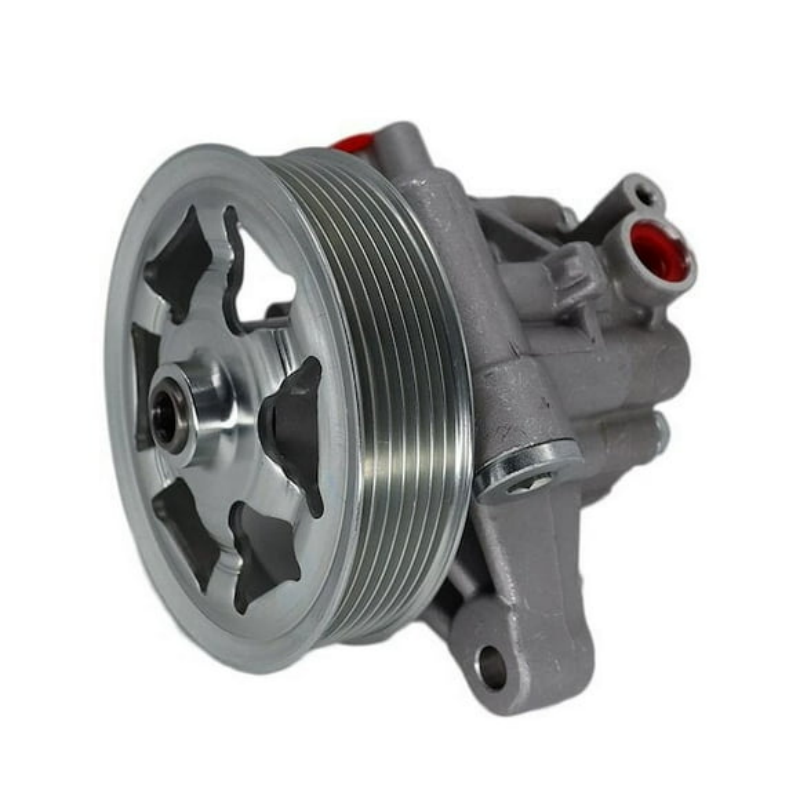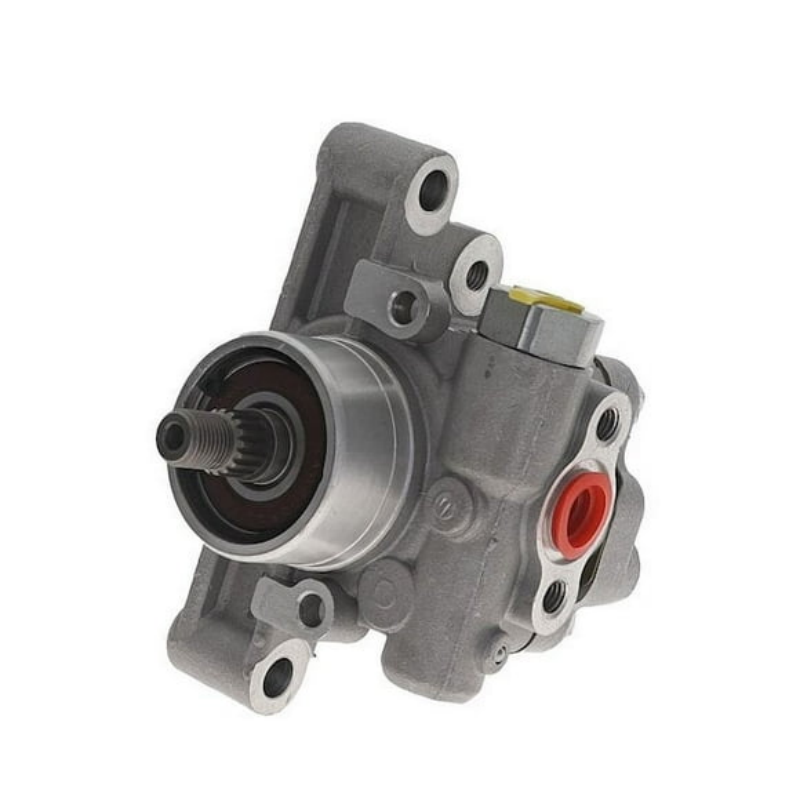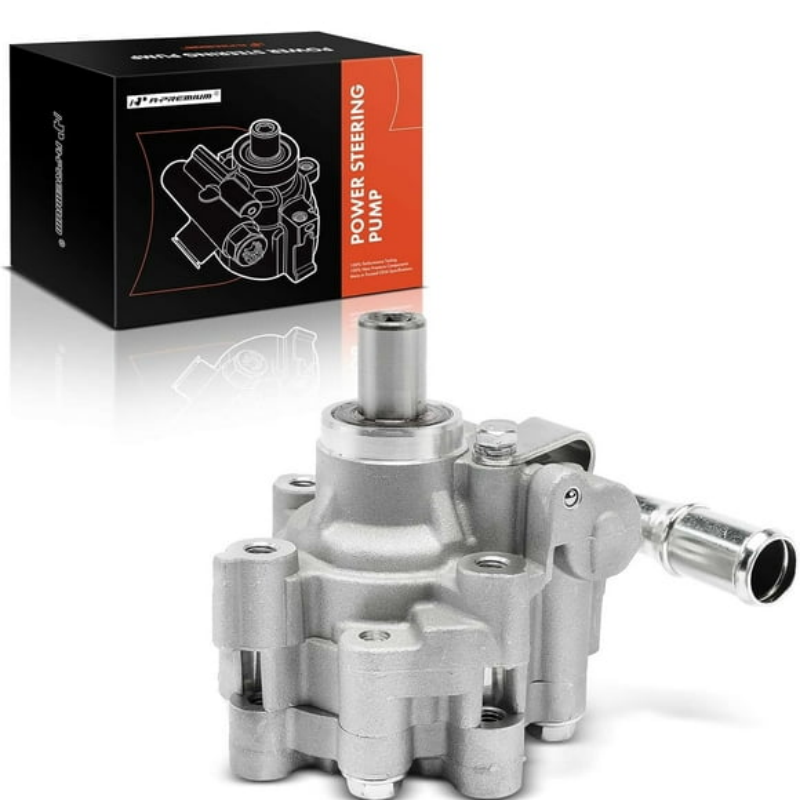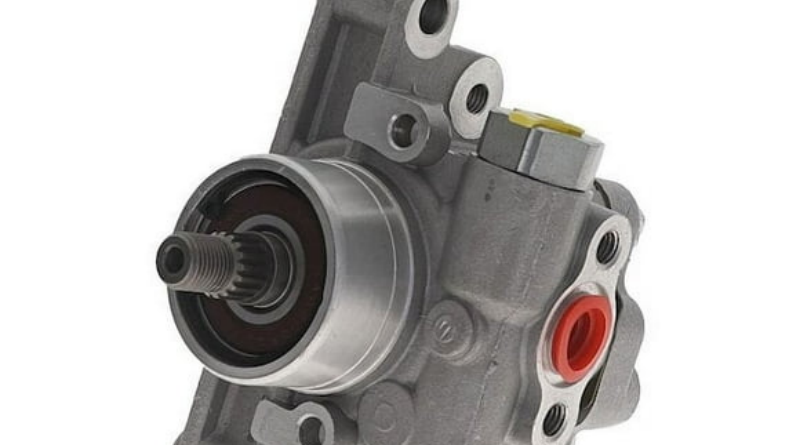Power Steering Leak Symptoms: Everything You Need to Know
Driving a vehicle comes with many responsibilities, one of which is ensuring that all systems function properly. Among these is the power steering system, designed to provide ease of handling and control when navigating turns or maneuvering into tight spaces. Unfortunately, like any vehicle component, the power steering system may encounter issues over time. One significant problem that can arise is a leak in the system, which can lead to various symptoms that drivers should be aware of. If left unaddressed, a power steering leak can result in further damage, higher repair costs, and even safety hazards.
In this comprehensive article, we will explore the common power steering leak symptoms. By understanding these signs, you’ll be better equipped to recognize potential issues early and take appropriate action. We’ll break down the mechanics of the power steering system, detail how to identify leaks, and explain the potential causes and solutions for these problems. Additionally, we will offer maintenance tips to help you avoid leaks and ensure your steering system remains in excellent condition.

Understanding the Power Steering System
To effectively recognize power steering leak symptoms, it’s vital to understand how the system functions. The power steering system enhances the driver’s ability to steer the vehicle with ease, significantly reducing the effort required to turn the steering wheel. Here’s a brief overview of its key components:
Power Steering Pump
The power steering pump is the heart of the system, pressurizing power steering fluid and sending it through the steering system. As you turn the steering wheel, the pump supplies the necessary hydraulic pressure to assist with turning the wheels.
Power Steering Fluid Reservoir
This reservoir holds the power steering fluid and maintains the proper fluid level. The fluid is essential for lubricating all moving parts and enabling effective steering.
Steering Gear
The steering gear converts the rotational motion of the steering wheel into the linear motion necessary to turn the vehicle’s wheels. It’s crucial for responsiveness and control.
Hoses and Lines
These components transport power steering fluid from the pump to the steering gear and back again. Any damage to these hoses can lead to leaks.
Steering Rack
The steering rack works with the steering gear to aid in directional control. It converts the fluid pressure into movement.
Understanding these components lays the foundation for recognizing power steering leak symptoms and identifying which part may be malfunctioning.
Common Power Steering Leak Symptoms
It’s essential to be aware of the various symptoms that could indicate a power steering leak. Noticing these early warning signs can help prevent further damage to your vehicle and maintain safe driving conditions.
Decreased Steering Responsiveness
One of the first symptoms many drivers notice is decreased steering responsiveness. If you find that turning the steering wheel requires more effort than usual, this could indicate a lack of power steering fluid. When fluid levels drop due to a leak, the hydraulic pressure decreases, making steering difficult.
Unusual Noises
Another critical symptom is the presence of unusual noises when turning the steering wheel. Drivers might hear whining, squealing, or grinding sounds. These noises occur because the power steering pump is working harder to compensate for the low fluid level. The lack of lubrication can cause parts to grind against one another, producing concerning sounds.
Fluid Puddles
If you discover puddles of fluid underneath your vehicle, it’s a strong indicator of a power steering leak. Power steering fluid typically has a reddish or amber color. If you notice these fluid stains, it’s essential to check the power steering fluid level immediately and inspect the system for any leaks.
Steering Wheel Vibrations
Vibrations in the steering wheel can also signal a power steering issue. When the power steering fluid is low or contaminated, it can create erratic steering behavior, causing the wheel to vibrate during operation. This symptom can not only be uncomfortable but can also pose a risk to your safety.

Warning Light
Some modern vehicles are equipped with a dashboard warning light indicating a power steering problem. If this light illuminates, it is crucial to address the issue promptly. While not all vehicles have this feature, it’s always best to consult your owner’s manual for any specific warnings related to the power steering system.
Burning Smell
When the power steering fluid begins to overheat, it can emit a burning smell. This smell usually indicates that the fluid is breaking down and losing its effectiveness. If you smell burning while driving, it may be wise to stop and check your fluid levels and overall power steering fluid condition.
Potential Causes of Power Steering Leaks
Understanding what causes power steering leaks can help in diagnosing the problem accurately and preventing future occurrences. Here are some common culprits:
Worn Hoses
Over time, the hoses that transport power steering fluid can wear out due to heat and pressure. Cracks, abrasions, or even rust can compromise the integrity of these hoses, leading to leaks. Regular inspections can help catch these issues before they become significant problems.
Damaged Seals
Seals within the power steering pump and around the steering gear can deteriorate over time, allowing fluid to escape. This wear is often accelerated by low fluid levels or contaminated fluid, which can break down seals more quickly.
Faulty Pump
A failing power steering pump is a significant cause of leaks. If the pump is failing, it may shake or vibrate excessively, causing stress on hydraulic lines and fixtures, which can eventually result in leaks.
Corrosion
In some vehicles, the components of the power steering system may corrode due to exposure to moisture and contaminants. Corrosion can create holes or weaken structural integrity, leading to leaks.
Improper Installation
If the power steering system has been recently serviced or components replaced, improper installation can lead to leaks. It’s vital to ensure that all connections are tight and secure to prevent any issues.
How to Diagnose Power Steering Leak Symptoms
If you suspect a power steering leak based on the symptoms described, follow these steps to diagnose the problem:
Check Fluid Levels
Begin by checking your power steering fluid levels. Locate the fluid reservoir and ensure it is filled to the correct level. If it’s low, this may be indicative of a leak. Be sure to top it off with the recommended fluid if levels are low.
Inspect for Leaks
Examine the power steering hoses and connections for any visible signs of leaks. Look for drips, stains, or wet spots on the hoses or underneath the vehicle. Pay particular attention to the pump and steering gear seals.
Look for Fluid Patterns
If you notice fluid puddles, track their source by examining the area above the puddle. Follow the path of the hoses and inspect any fittings or joints. This strategy could lead directly to the leak source.
Listen for Noises
While performing these checks, start the vehicle and listen closely for any whining or grinding noises while turning the wheel. These sounds may provide further insight into the condition of your power steering system.
Consult a Professional
If you are unable to locate the source of the leak or if the issue persists after your inspections, it may be time to consult a certified mechanic. They have the tools and expertise needed to diagnose and address the problem accurately.
Fixing Power Steering Leaks
Once you’ve confirmed that a power steering leak exists, it’s essential to address it promptly. Here are some common fixes for the different types of leaks you may encounter:
Replacing Worn Hoses
If you identify that the leak stems from worn or damaged hoses, replacing them is vital. This may require a professional if you lack experience in working with your vehicle’s steering system. Always ensure you use high-quality replacement hoses to prevent future issues.
Changing Damaged Seals
If the seals around the power steering pump or steering gear are compromised, replacing them can be a solution. Depending on the extent of the damage, a complete pump or steering gear replacement may be necessary.
Installing a New Pump
In cases where the power steering pump itself is failing, replacement is often the best course of action. After installation, make sure to bleed the system of air to ensure that it operates smoothly.
Tightening Connections
Sometimes leaks are due to loose connections or fittings. Inspect and tighten any loose hardware or components to see if it stops the leak. Be careful not to overtighten, as this can create additional issues.
Regular Maintenance
Once repairs are complete, implementing a regular maintenance schedule can help ensure that your power steering system remains in good working order. Regular fluid checks and routine inspections can help catch potential issues before they escalate.
Preventing Power Steering Leaks
While some power steering issues are unavoidable, many leaks can be prevented through proactive measures. Here are some tips to reduce the chances of encountering power steering leaks:
Regular Fluid Checks
Make it a habit to regularly check your power steering fluid levels. Keeping track of fluid levels can help prevent low fluid situations that may lead to leaks or other issues.
Use Quality Fluid
Always use the recommended type of power steering fluid for your specific vehicle. Using low-quality or incorrect fluids can lead to accelerated wear on seals and hoses.
Inspect Hoses Periodically
Regularly inspect the power steering hoses for signs of wear, such as cracking or hardening. Catching these issues early can prevent leaks from developing.
Maintain a Clean Environment
To prevent corrosion and contamination, ensure that the area around your power steering system is clean and free from dirt and moisture. A clean environment can help prolong the life of hoses and connections.
Service Your Vehicle
Routine car maintenance, including inspections of the power steering system, can help catch small leaks before they turn into larger problems. Schedule regular service appointments to keep your vehicle in top shape.

Conclusion
Recognizing the symptoms of a power steering leak is essential for vehicle maintenance and safety. From decreased steering responsiveness to fluid puddles, these symptoms can point to potential issues that if left unaddressed, could lead to further damage and costly repairs. Understanding how to diagnose these problems offers you the opportunity for timely intervention, preventing more significant headaches down the road.
Moreover, arming yourself with knowledge about the power steering system, its components, and common leak causes can better prepare you for vehicle ownership. By implementing regular checks, maintaining your vehicle, and addressing problems early, you can enjoy a smooth driving experience without the hassles associated with steering issues.
Empowering yourself with information about power steering leak symptoms ensures you remain proactive rather than reactive, allowing you to keep your vehicle operating efficiently and safely for years to come.
